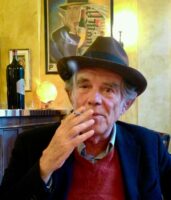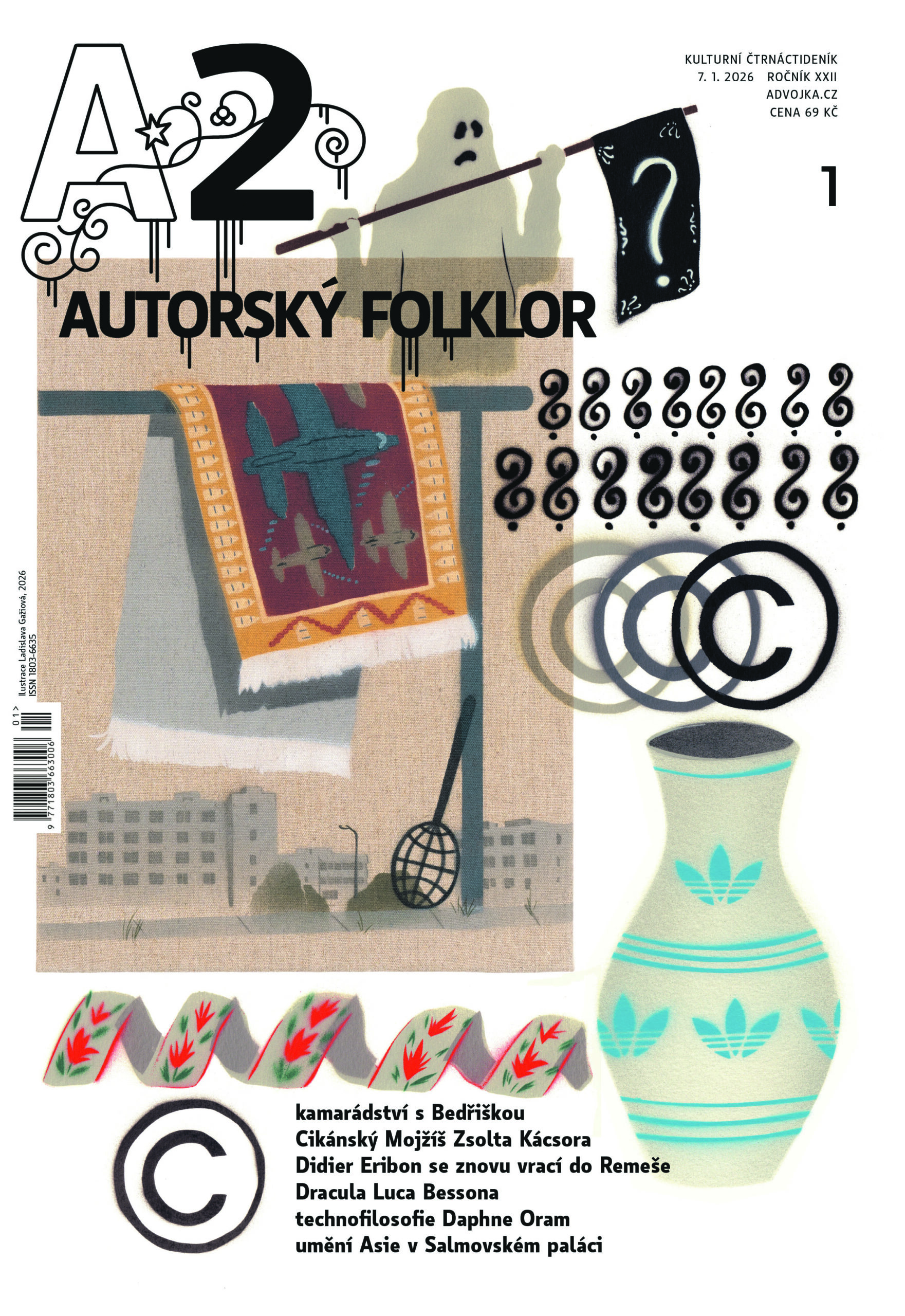Activism under the auspices of dhamma
Buddhism as a Dalit path away from oppression?
The story of thousands of Indian Dalits who resist daily discrimination by embracing Buddhism, instead of staying within the original Hindu tradition, proves that religious conversion can become a tool of socio-political activism. Although posing new pitfalls and challenges, the conversion constitutes a means of emancipation and of regaining one’s dignity.
When in 1935 the great Indian reformer and Dalit rights advocate B. R. Ambedkar declared that though born a Hindu, he would not die a Hindu, he set events in motion that significantly changed the situation of Dalits across India. Formerly the untouchables, Dalits (the Marathi for “oppressed”), as they are known nowadays, belong to the lowest ranking groups in the Indian caste system. They face discrimination by Indian society not only in terms of practicing their faith, but also with access to water, land, education, inter-caste partnership, and job opportunities, and are a frequent target of violence by people from other castes. The obligation to conduct socially inferior work such as disposal of animal corpses, treating their skins, scavenging, and street sweeping casts Dalits into poverty and robs them of the prospect of a better future.
Ambedkar, himself originally a Dalit from the Mahar caste, dedicated his life to the improvement of the community’s living conditions. According to his thinking, the roots of discrimination and injustice are to be found chiefly in Brahmanism, as well as in Hindu teaching, which creates the notion that castes are sacred. That is why, as a strategy in his fight for emancipation, Ambedkar chose conversion to Buddhism. His public conversion in 1956 in Nagpur was joined by hundreds of thousands of people, mainly Dalit, and in the course of the following five years, the Buddhist population in India multiplied by more than sixteen in this way. Buddhism, which had been languishing for centuries in India, rose from the dead.
The Birth of a New Tradition
The Buddhism revived by Ambedkar’s conversion and expounded, for instance, in his book The Buddha and His Dhamma (1957) is, because of its distinction from both Mahayana and Theravada, called Navayana, or Neo-Buddhism. Navayana (literally “a new way”) represents the Buddha as a social reformist, and Buddhism as a secular and rationally oriented philosophy. The new tradition, aiming to replace the various Indian cults and practices generally called Hinduism, emphasized the values of a morally democratic and secular social order, social equality, and a reform of Indian society.
After the mass conversions, however, the transformation of the original rituals and practice did not go quite as Ambedkar had imagined. For many converts, to resolutely reject the worship of deities and turn away from rituals that used to constitute the backbone of family and community life in villages was seen as too radical a step. So it happened that the icons and altars of Hindu deities were often replaced by the faces of Buddha and Ambedkar, who thus became new objects of worship and devoutness, extolled in songs as Dalit heroes and gods. Some Neo-Buddhists even returned to their original faith and habits, whether due to peer-pressure or for the arduousness of the transformation. The question of the religious aspects of Buddhism and the converts’ relationship to their identity present challenges to the mobilization of Neo-Buddhist communities and activist movements to this day.
Buddhist or Dalit?
Nowadays various Dalit groups, striving for emancipation through political activities, social services, support of agriculture, scholarship, and art, are taking shape under the Ambedkarite heading. These efforts are greatly supported by websites focused on social issues (The Wire, Feminism in India, and Round Table in India, to name just a few). Young Dalit and Neo-Buddhist activists with a university education in particular are trying to be active on social media, writing petitions against violence toward Dalit women and the LGBT community, calling for strikes and protests. An increasingly popular means of resistance and of spreading anti-caste thoughts is music. Bands such as Dhamma Wings and The Casteless Collective use music to campaign, spotlight caste issues, and promote Ambedkar’s teaching.
Young Neo-Buddhists often view their own relationship to activism as a continuation of family tradition: their grandparents defied discrimination by converting to Buddhism, and the following generations have preserved that act in memory as an expression of resistance. Sadly, today’s political and social situation in India shows the young generation that their fight for emancipation is not going to be easy. A distinctive group within the legacy of Ambedkar is a movement called Bhim Army, led by Chandrashekhar Azad Ravan. Bhim Army focuses on current Dalit and Buddhist topics, such as the construction of a Buddhist temple in Ayodhya, but also demands justice for victims of violent acts, such as the rape and murder of a Dalit girl, Manisha Valmiki, in September of this year. The organization often openly criticizes the governing Bharatiya Janata Party (BJP) and the Brahmin ideology, and negotiates cooperation among Dalits, the OBC (the abbreviation for Other Backward Castes, a collective term officially used by the Indian government to classify castes which are educationally or socially disadvantaged), and Muslims, and thus creates opposition to nationalist groups.
Despite the efforts to unify Dalit communities, there are longstanding tensions among many Neo-Buddhists over whether Buddhists, rid of their caste membership by the conversion, can still call themselves Dalit. Likewise, some Buddhists find it problematic to work with Ambedkarite movements whose members have not converted to Buddhism. Meanwhile, the competition over whose interpretation of Ambedkar’s teaching is the best fractures the power of the emancipation movement.
The Rocky Road to Emancipation
Mass conversions (not only to Buddhism) are used as a social and political protest, as well as a means of Dalit emancipation, to this day. They mostly react to caste-based violence, which, by no means diminishing, has become more visible with the advent of social media. In 2015, the Dalit and Neo-Buddhist student community was struck by the suicide of student Rohith Vemula. Subsequent protests framed his death as an institutional murder motivated by Vemula’s lower-caste background. Students in Mumbai describe the event as a catalyst that shocked them and provoked them to activism.
In many cases, the violence faced by Dalit people relates back to their original professions. In 2016, in the city of Una (Gujarat, Western India), about 300 Dalits protest-converted to Buddhism following several violent attacks against Dalits clearing away dead cows in this region. Skinning cattle is among the jobs traditionally performed by the Dalit caste, and, together with scavenging, is among the most dangerous ones. According to Indian mythology, the cow is a sacred animal and in some Indian states, killing one constitutes a criminal offence. There have even been cases of groups linked to Hindu nationalism – known as Gau Rakshak (cow protectors) – publicly lynching and attacking whoever they suspected of hurting a cow or handling its body insensitively. It is Dalits and Muslims who most often fall victim to such attacks. Their reactions include conversion. In 2019, around 1,500 Dalits converted to Buddhism in a mass ceremony in Gujarat, and in August of this year, following the aforementioned death of Manisha Valmiki, 236 members of her community gave up Hinduism for Buddhism.
In a society of a billion people, several thousand citizens may seem like a drop in the ocean. The population that identifies as Hindu in India, however, is on a gradual decline. Likewise, an educated Dalit generation is raising its voice to draw attention to ongoing discrimination and the need for change. Whether the countless Dalit and Neo-Buddhist movements manage to find common ground remains to be seen. It seems, in any case, that the question of religion, and of what can and cannot be considered religious, is to play an important part in that process.
Tereza Menšíková is a sociologist and religionist.
The text was created with the support of the Rosa Luxemburg Foundation.


